Alone again?

The memoirs of the French statesman Charles de Gaulle begin with a famous sentence: “I have always had a certain idea of France.” It might well be said that if and when the time comes to pen her memoirs, Sen. Risa Hontiveros might very well write, too, “I have always had a certain idea of the Philippines.” It is one that the public has come to recognize and respect, leading to her successful election and reelection after previously unsuccessful attempts.
That certain idea of the Philippines can be said to be the one enshrined by our Constitution’s framers, that slightly left-of-center, liberal, and democratic vision of a society committed to reform born of the anti-dictatorship movement. And, for a time, after being in clear eclipse, it seemed there was hope that Hontiveros’ one-woman opposition might become a three-person team with the election and thus expected return of Sen. Bam Aquino and Sen. Kiko Pangilinan to the Senate. They would form—and still are, as Aquino told the governor of Negros Occidental recently—the “independent bloc.”
But when noise started to be made that both Aquino and Pangilinan would join the majority committed to retaining the leadership of Sen. Francis Escudero in the chamber, some disappointed supporters started expressing the opinion that poor Risa would be alone again (technically, she formed half of a two-person minority with Koko Pimentel; but he didn’t fully rehabilitate himself until the very end of his term, during the impeachment trial opening round).
The price of admission to the majority is a vote for the winning candidate for the Senate presidency; the reward is having dibs on committee chairmanships. While every senator gets to be a committee chair, some committees are more powerful or simply more relevant than others. In the case of Aquino and Pangilinan, at stake would be the chairmanship of the committees on education and agriculture, respectively.
The latest reckoning puts the Escudero bloc at 15: Pia and Alan Peter Cayetano, JV Ejercito and Jinggoy Estrada, Mark and Camille Villar, Erwin and Raffy Tulfo, Joel Villanueva, Imee Marcos, Rodante Marcoleta, Pangilinan, Aquino, Sherwin Gatchalian, and Lito Lapid. For Vicente Sotto III: Ping Lacson, Loren Legarda, Juan Miguel Zubiri, and why not, Hontiveros.
Once the voting’s over, a Senate President, Senate President Pro Tempore, majority floor leader, minority leadership, and committee chairmanships have been determined—that’s it.
Senators will align (or not) on the basis of issues, though their affinities might generally align them, too. For example, there’s the seven-person Duterte bloc: Bong Go, Ronald “Bato” dela Rosa, Robinhood Padilla, Marcoleta, Marcos, and Mark and Camille Villar—united in defense of the embattled Vice President. And there’s the five-strong so-called veterans bloc: Zubiri, Lacson, Legarda, Lapid, and Sotto.
I do believe Aquino was telling the truth when he said he and Pangilinan would indeed form an “independent bloc” with Risa. There is far more that binds them, than say, the ectoplasmic remainder of the majority (once you detach the other cohesive blocs), they may or may not decide to join. (Aquino was forthright when he said it depended on their delivering the committee chairmanships he and Pangilinan desire). What unites Escudero, the two Estradas, the two Cayetanos, Villanueva, and Gatchalian (though one charitably expects him to tend toward the independent bloc most of the time)? What would you even call this seven-person bloc? Perhaps, gentle reader, something unprintable.
But we know three things. The first is specific to Aquino and Pangilinan: while pink and yellow may be the colors of their core constituency, what got them elected was a wider sampling of society, which includes supporters of both sides of the former ruling coalition elected in 2022. Both senators understand this, which explains their focus on chairmanships to be able to deliver on their advocacies that cross factional lines. The second is that the Escudero ectoplasm and the Duterte bloc have a majority where it counts—and what counts is continuing the political viability of the Vice President. What the veterans bloc has is experience and competence, and it can find, from time to time, alignment with the independent bloc.
What is making most blocs nervous, of course, is the public—the national constituency that elected all of them in the first place. In which case, there’s also the saying that the Senate consists of 24 independent republics: the senators, each of whom has a national constituency.



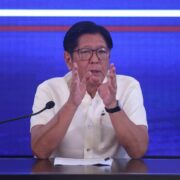


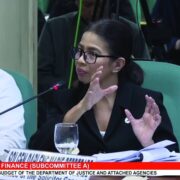

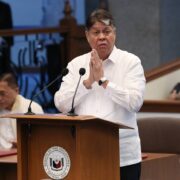






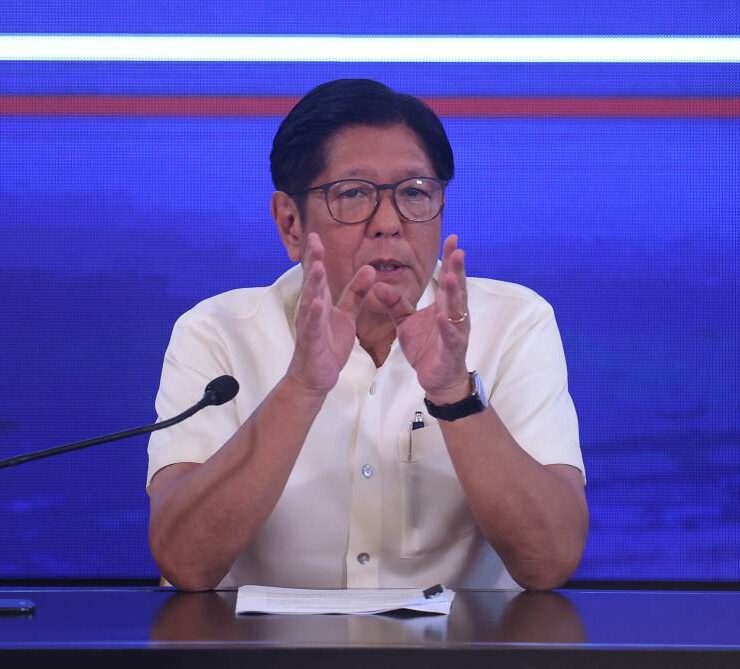

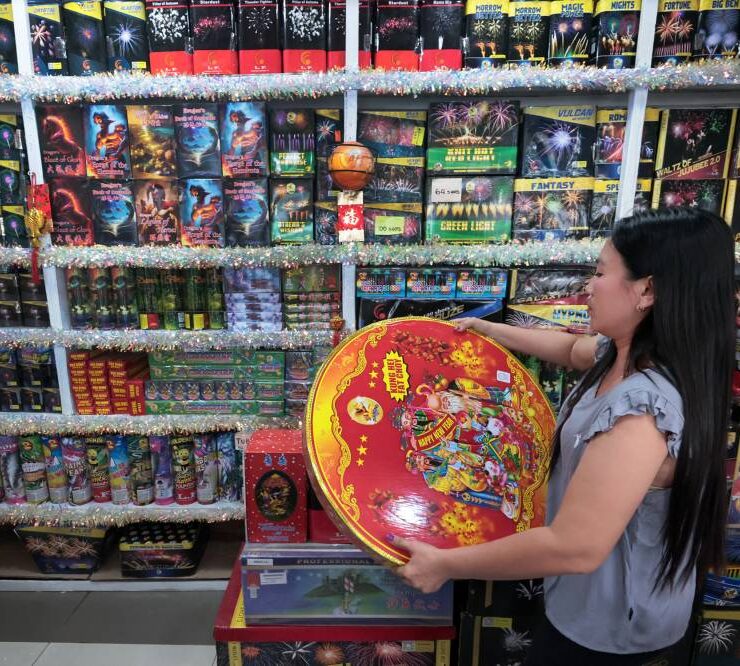
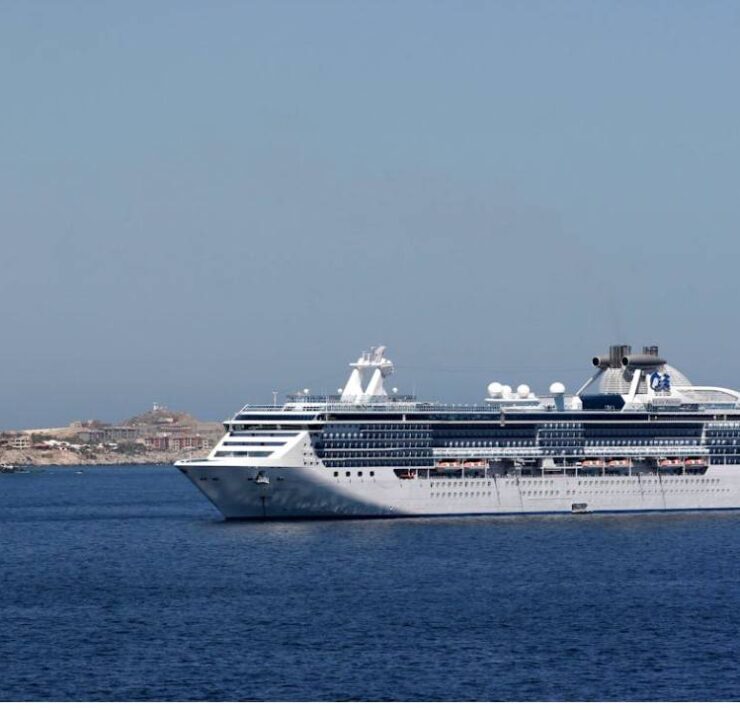


Open for business? Europe’s billions on hold